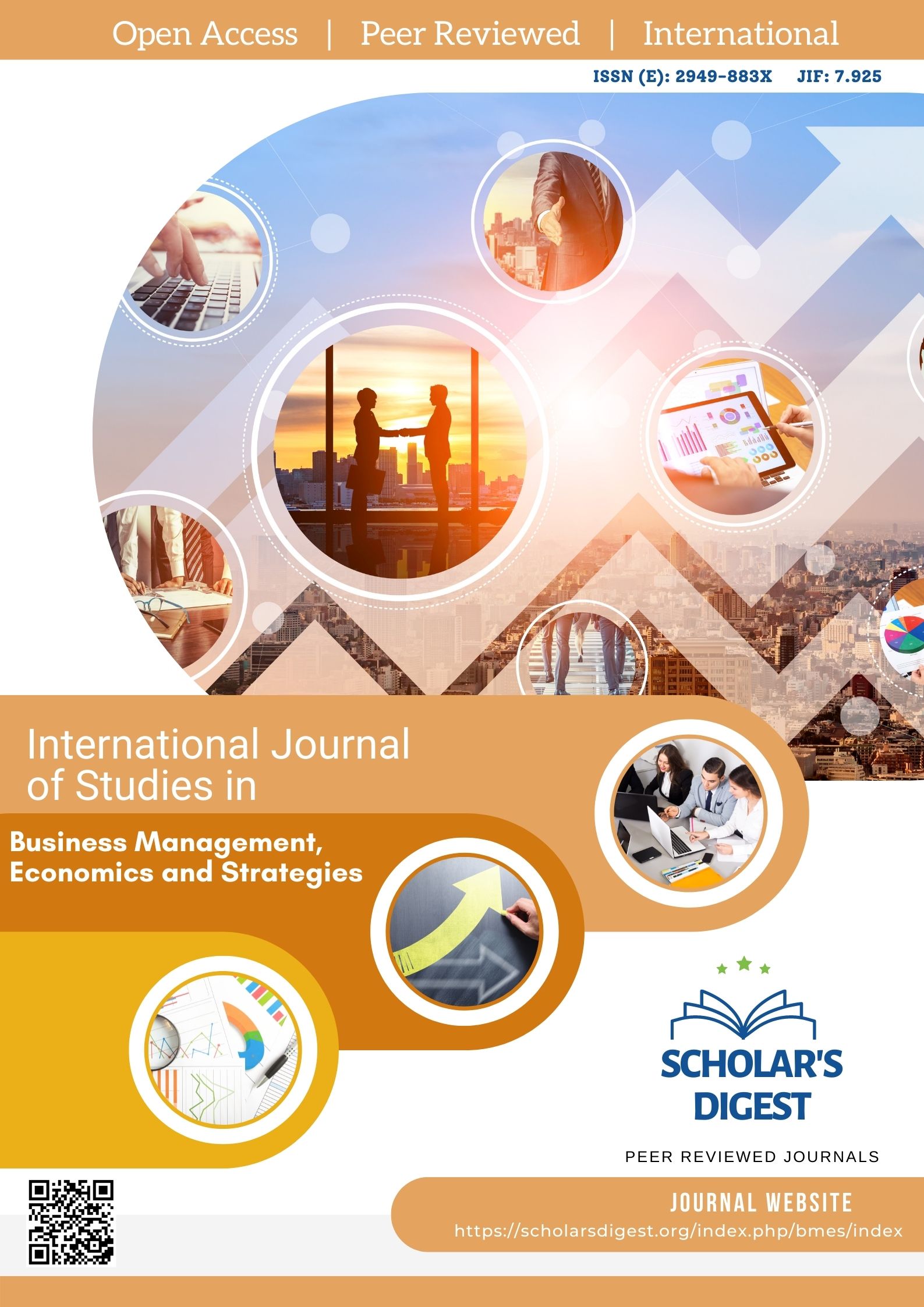THE RELATIONSHIP BETWEEN THE FUNCTIONS OF INTERNAL AUDITOR AND EXTERNAL AUDITOR AND ITS IMPACT ON THE FINANCIAL PERFORMANCE OF BANKS
Keywords:
Internal Auditor, External Auditor, Financial Performance, Banks.Abstract
The importance of the relationship between the function of the internal auditor and that of the external auditor has increased recently given the fact that their role has become more integrated in the modern work environment, which necessitated the need to deepen the relationship between them. The internal auditor is able to detect manipulation in the financial statements, and then the external auditor can consult with him/her regarding estimating and evaluating the risks of manipulation. Therefore, the American Institute of Certified Public Accountants issued Bulletin No. (65), which encourages the external auditor to use the activities of the internal auditor when planning and implementing the audit engagement . It also issued Bulletin No. (55), which obligates the external auditor to understand internal control, and the internal auditor is considered a part of internal control, therefore, the external auditor must understand the work of the internal auditor. There is no doubt that the work of the internal auditor’s function may affect the timing, nature and extent of the external auditor’s work, and it may also affect the procedures implemented by the external auditor for the purpose of his/her understanding of the internal control system and the procedures for collecting the evidence necessary for detailed tests .Risk assessment procedures, and the quality of financial reports issued by management is considered one of the most important objectives of bank governance, which is reflected in their financial performance. When performing his/ her duties , the external auditor may rely on work previously performed by the internal auditor, or on work requested directly from him/her , for example ,“the external auditor may ask the internal auditor to complete some tasks that fall within the scope of his work, such as requesting an evaluation of the internal control system. Auditing Standard No. (2) gives the external auditor the right to rely on internal control procedures prepared with cooperation of the internal auditor.
Downloads
Published
Issue
Section
License

This work is licensed under a Creative Commons Attribution-NonCommercial 4.0 International License.








